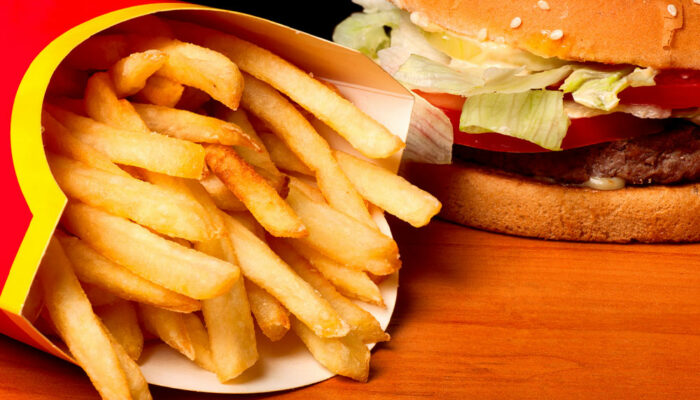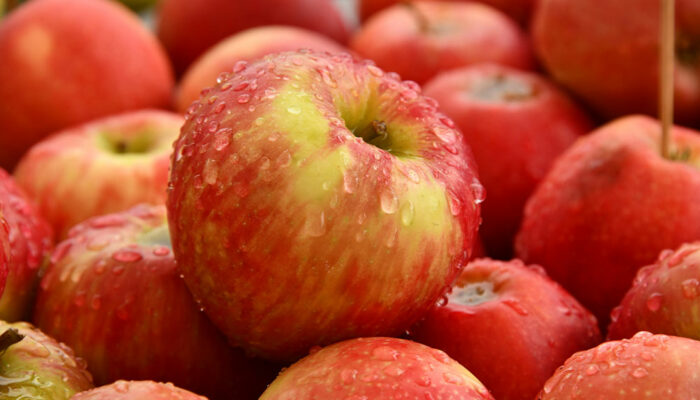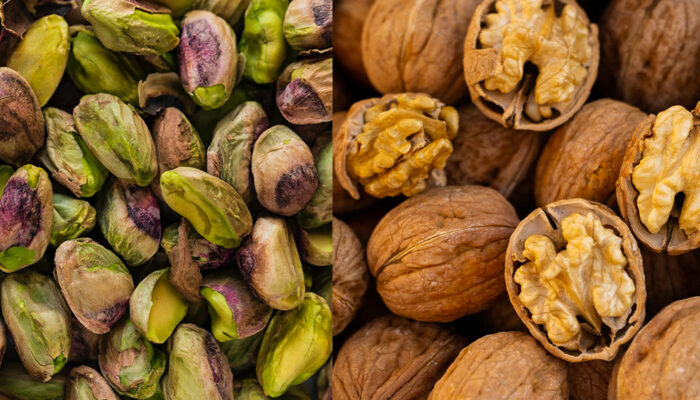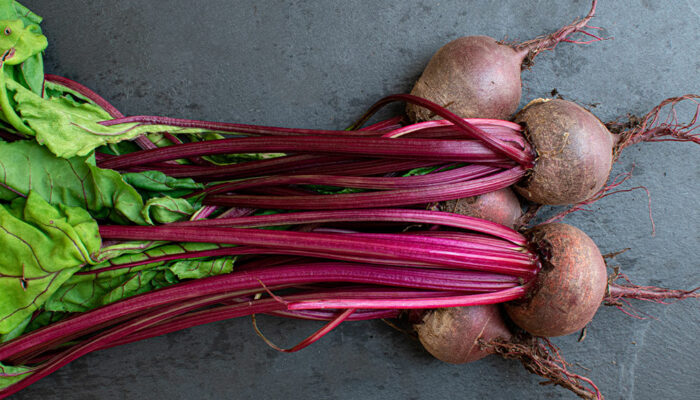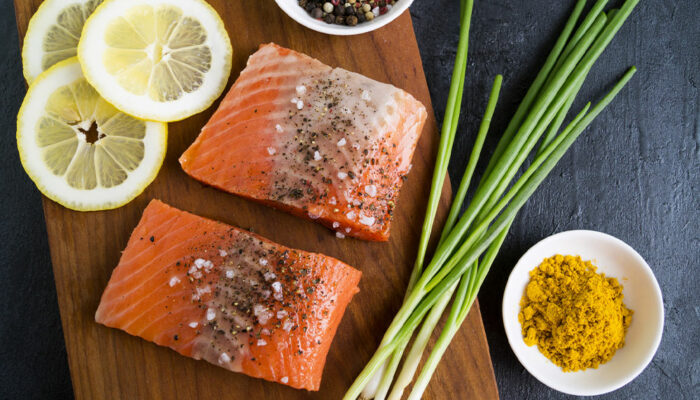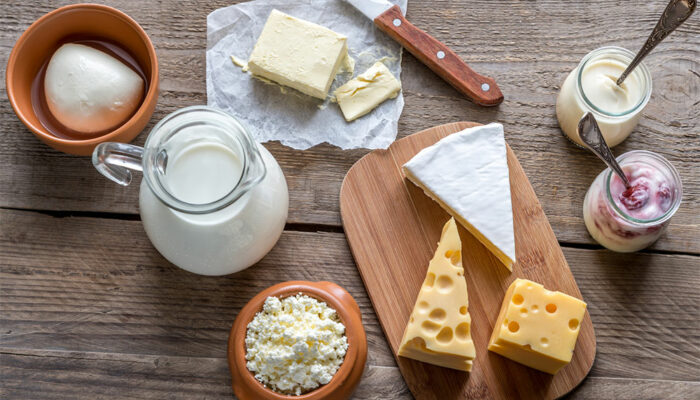
health
5 most common food allergies
Food allergy is common in both children and adults. It is a condition in which a person’s immune system erroneously identifies specific components in food, typically protein, as enemies. As a result, it triggers an immune response that causes inflammation and other symptoms, such as diarrhea, rashes, shortness of breath, and even life-threatening anaphylaxis. Though nearly any food can trigger an allergic reaction, the following are more likely to cause a problem. Peanuts Peanuts are one of the most common causes of food allergies in humans. And the biggest concern is that allergic reactions caused by them can be severe and potentially fatal. Researchers are not sure why some are allergic to peanuts, but they maintain that a family history of peanut allergy increases an individual’s risk. Milk Milk allergy is the most common food allergy in infants and young children. However, most children grow out of it as they age. The problematic components in milk are its proteins—whey and casein. Milk allergy must not be confused with lactose intolerance, which is the body’s inability to fully digest the natural sugar (lactose). Wheat Approximately two-thirds of children with wheat allergy grow out of it by adolescence. Nevertheless, many adults are allergic to any of the hundreds of proteins found in wheat, causing symptoms like nausea, abdominal pain, itching, and even anaphylaxis.
Read More 
